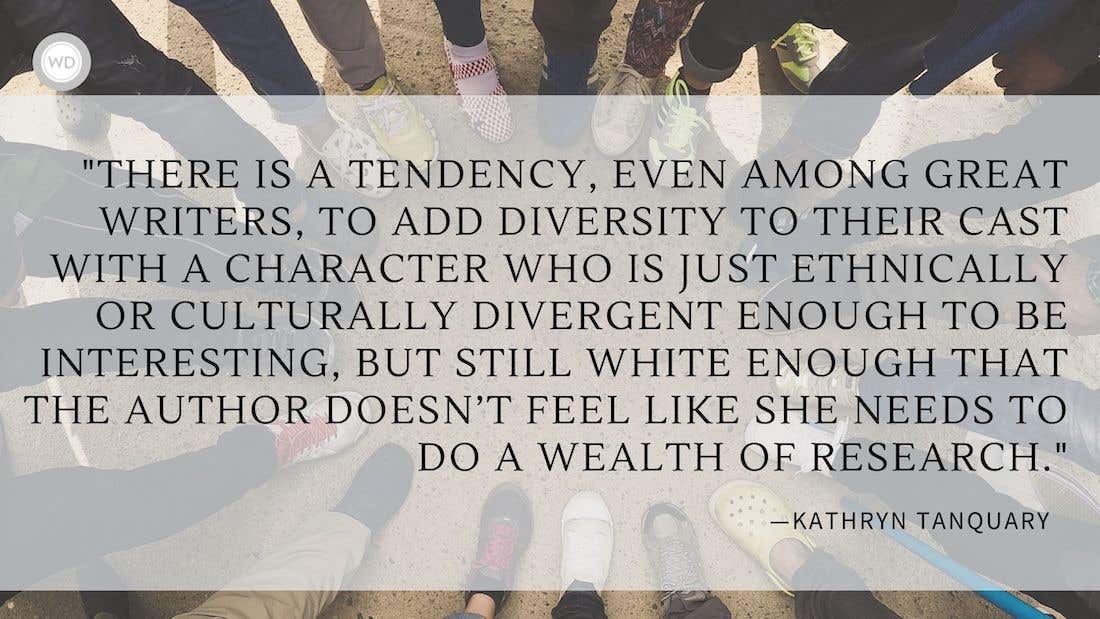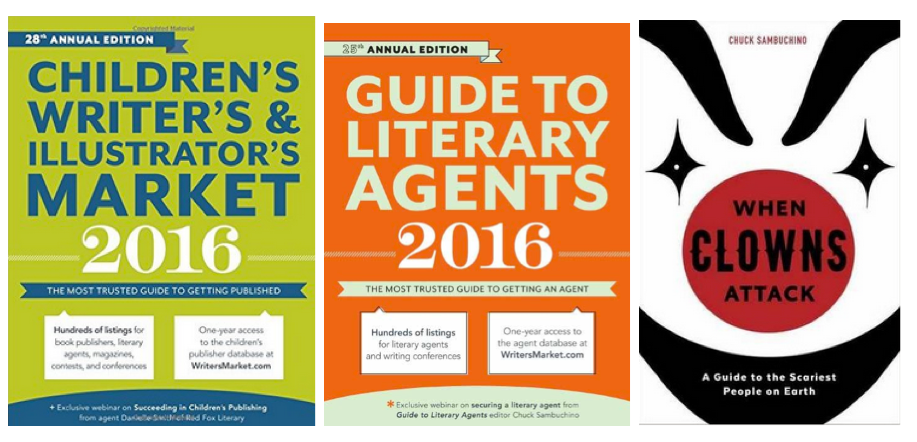Drew Daywalt: Bonus Interview Outtakes
Whether compelling children to squeal with laughter or pushing moviegoers to the brink of terror, Drew Daywalt’s work is driven by an abiding desire to entertain. In fact, he considers…
Whether compelling children to squeal with laughter or pushing moviegoers to the brink of terror, Drew Daywalt’s work is driven by an abiding desire to entertain. In fact, he considers comedy and horror to be two equations with the same variables—it’s just that one of the two takes an abrupt turn to provoke giggles instead of screams.
Which is why, in 2003, the screenwriter/director sat down to pen a humorous children’s picture book called The Day the Crayons Quit. He quickly landed an agent—Jeff Dwyer of Dwyer & O’Grady Inc. “Friendly, smart, crusty—he reminded me of Quint from Jaws,” Daywalt says. Dwyer said he would work on selling the book, but instructed Daywalt to be patient.
It turned out Daywalt’s breed of patience was quite productive. For the next six years he continued to forge a name for himself in the horror community, writing and directing films for FEARnet and the Syfy channel, before finally receiving a call from Dwyer in 2009: The book had sold to Philomel, an imprint of Penguin, and award- winning artist Oliver Jeffers would be illustrating.
“Are you even still my agent?” Daywalt asked in disbelief. The Day the Crayons Quit went on to sell more than 1.1 million copies in print, was named one of TIME magazine’s “100 Best Children’s Books of All Time,” and has been on The New York Times bestseller list for more than 100 weeks, gracing the No. 1 spot in its category for more than half that span. It has since been bumped by its sequel, The Day the Crayons Came Home, published in August.
Both books detail the misgivings of an unseen child’s crayon collection. Each page-spread is adorned with a written letter from a character. Take, for example, Peach, who had her wrapper torn off and is now naked. Or Burnt Sienna, who was chewed up by a dog. Opposite each letter is a colorful illustration depicting the crayon’s misery (drawn in crayon, of course).
With no immediate plans for additional Crayons books, Daywalt is now working on a middle-grade novel about a dog who keeps a diary documenting the “idiot” shenanigans of his owner. In September, he took a break from his 14-city The Day the Crayons Came Home tour to chat with WD in the lobby of the Cincinnatian Hotel in downtown Cincinnati—a brief respite from the effusive adoration of his pint-sized fans.
In these outtakes from our February 2016 issue, the bestselling writer dishes on why morals send kids running, the importance of writing for dual audiences, and what his own kids think of the Crayons series.
What do your kids think of the Crayons books?
It's funny—my son, who is 6, was 3 when the first one came out. So in his world, everybody's dad writes picture books. He's like, "My daddy did the Crayons book. What did your daddy do? Which book did he put out?" My daughter has seen the transition from struggling screenwriter to successful picture book author, and she's enjoyed it very much because she's a wonderful little kid. And she's always believed in her daddy. And now that she sees that the world believes in her daddy, she feels a certain vindication in her heart. Because she's older and actually saw the before and after. It has been really nice, the best part of the journey.
We went to the book launch event for book two. It was a little bookstore called Mrs. Fig's Bookworm in Oxnard, California. It's our independent bookstore that I've adopted. I got there a little bit late and there were 500 people all around the parking lot of this strip mall. And there were balloons and people dressed up like crayons. Little snack wagons. It looked like a carnival. We pulled up and I had my kids with me in the car. My daughter, Abigail, she had tears in her eyes. She said, "Oh my gosh, dad. Look." I was gobsmacked at it as well. She said, "Dad, do you remember when we went to the bookstore that one time and you couldn't afford the Dora book for me?" And I said, "Yeah, Abby, I remember that." And she didn't say anything else. She didn't have to finish the thought. Because I realized she was seeing the journey. And that's really cool. It was a $6 book and I couldn't afford it. That was like six years ago. I wanted her to have that book but we just didn't have the money. And here we were, pulling up to a bookstore where there were banners and screaming kids. She, at 11 years old, completely recognized the journey. It was one of the nicest moments of my entire life.
Is there a specific lesson you feel like the books teach?
You know, not consciously. I never try to sit down with a moral because kids smell that and run. It’s like, “This is the story of the good little puppy that always ties his shoes and makes his bed.” Kids are like, Just kill me. You guys are giving me platitudes all day long. I just want to be entertained. The stories that have aged the best are the ones where the wolf eats grandma, or the woman is going to bake children in an oven, or the bear is going to eat the girl for eating the porridge. There are lessons in there, but they’re deeply engrained and hidden.
For me it was subconscious. At the end of the day it was about being creative, not being stuffed into a box. And then, you know, creative conflict resolution. It’s not like I made a chart and said, This one’s going to be about these four or five things. I wrote from my heart, I made myself laugh, and the message that came out was extremely personal because [of that]. So it was like, Oh, OK, look—I’m teaching kids something. But it was never intentional.
To read our full interview with Drew Daywalt, check out the February 2016 Writer’s Digest now.





